Pink Floyd at the V&A: Rock 'n' Roll Theatre
The curator of Their Mortal Remains, the museum’s new show, on the band's musical development and creative use of technology
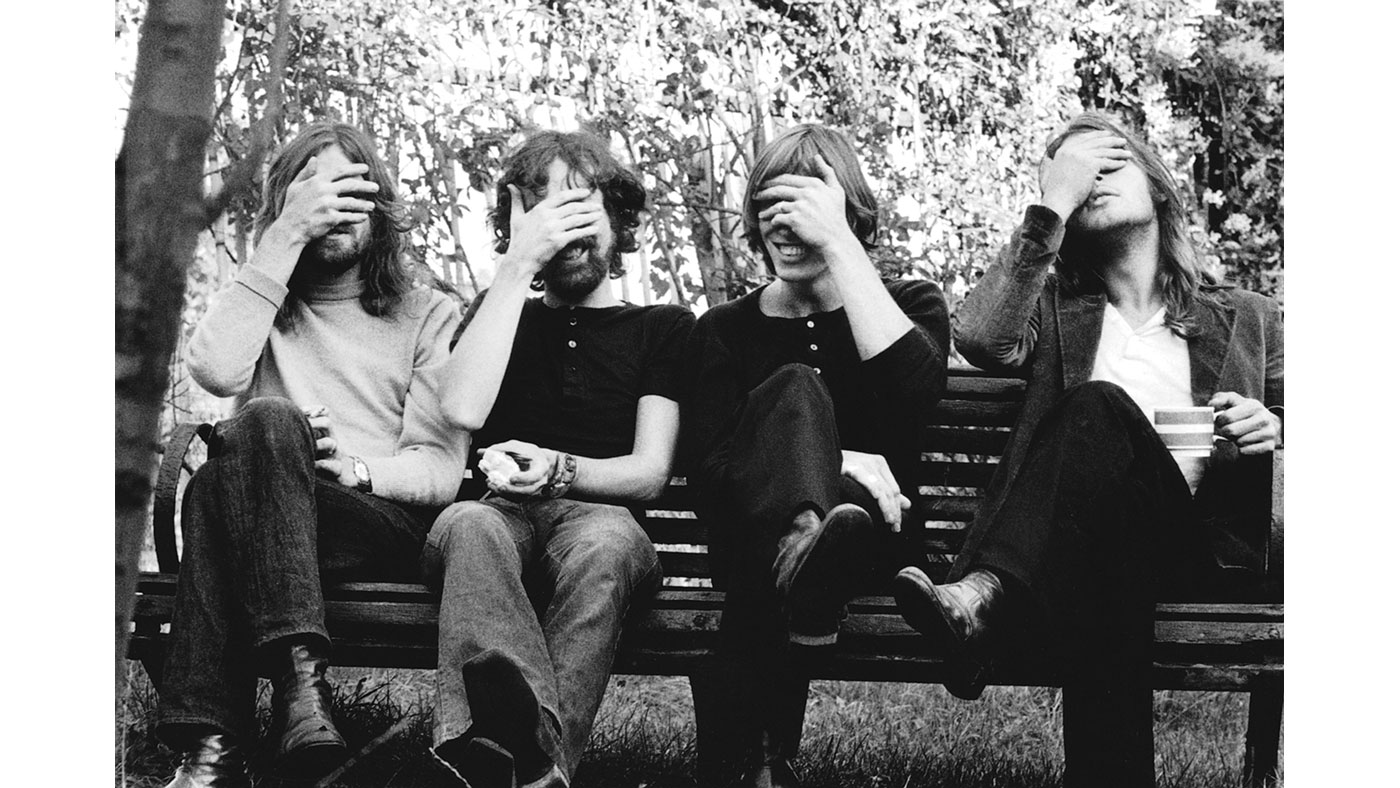
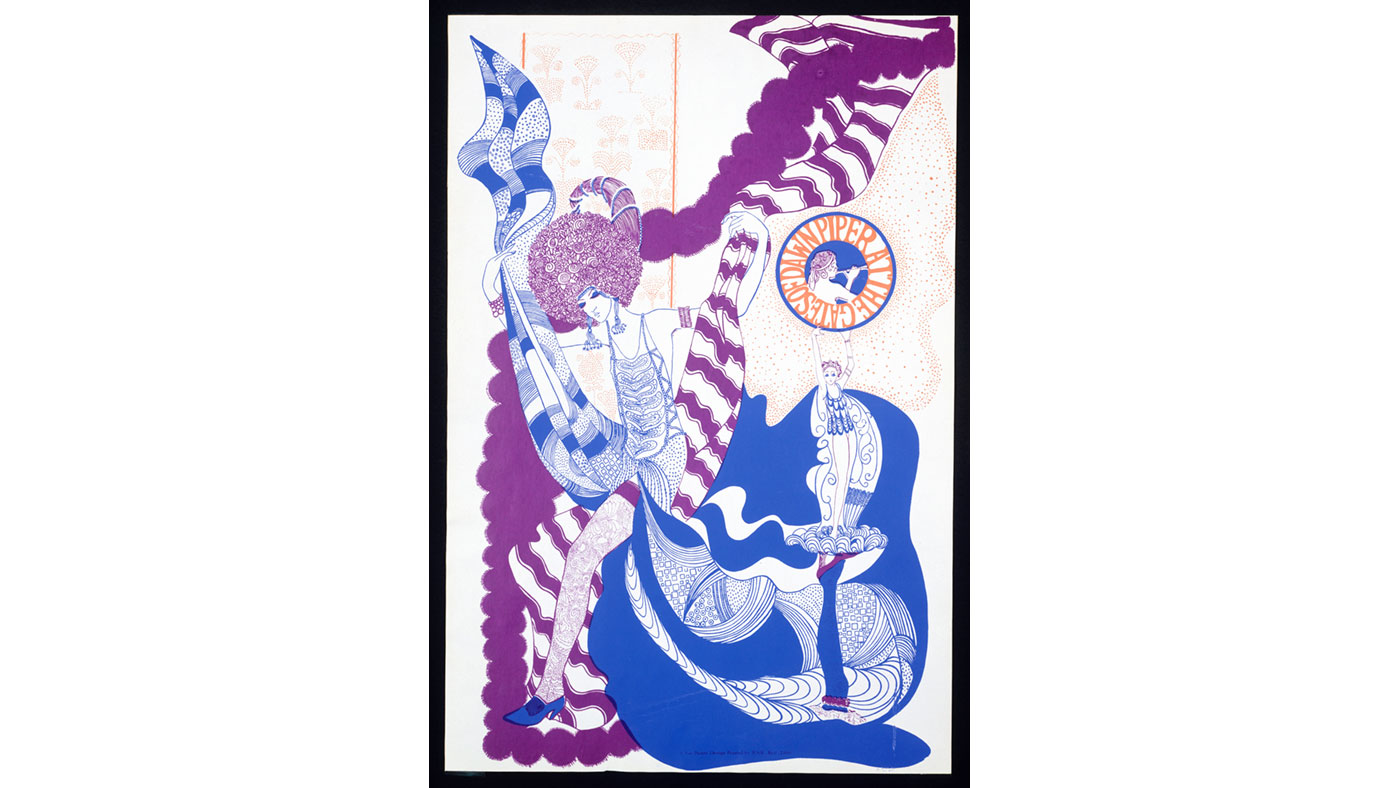
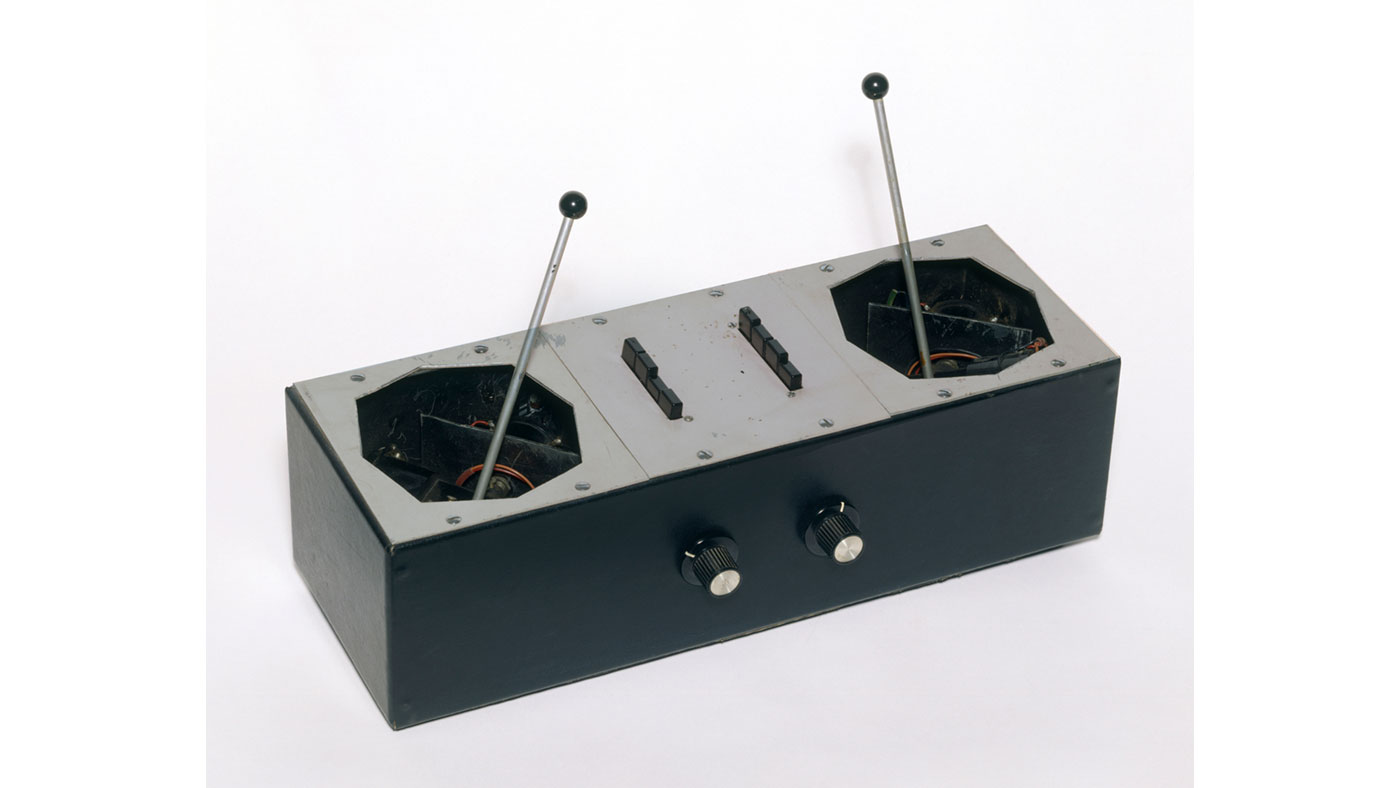
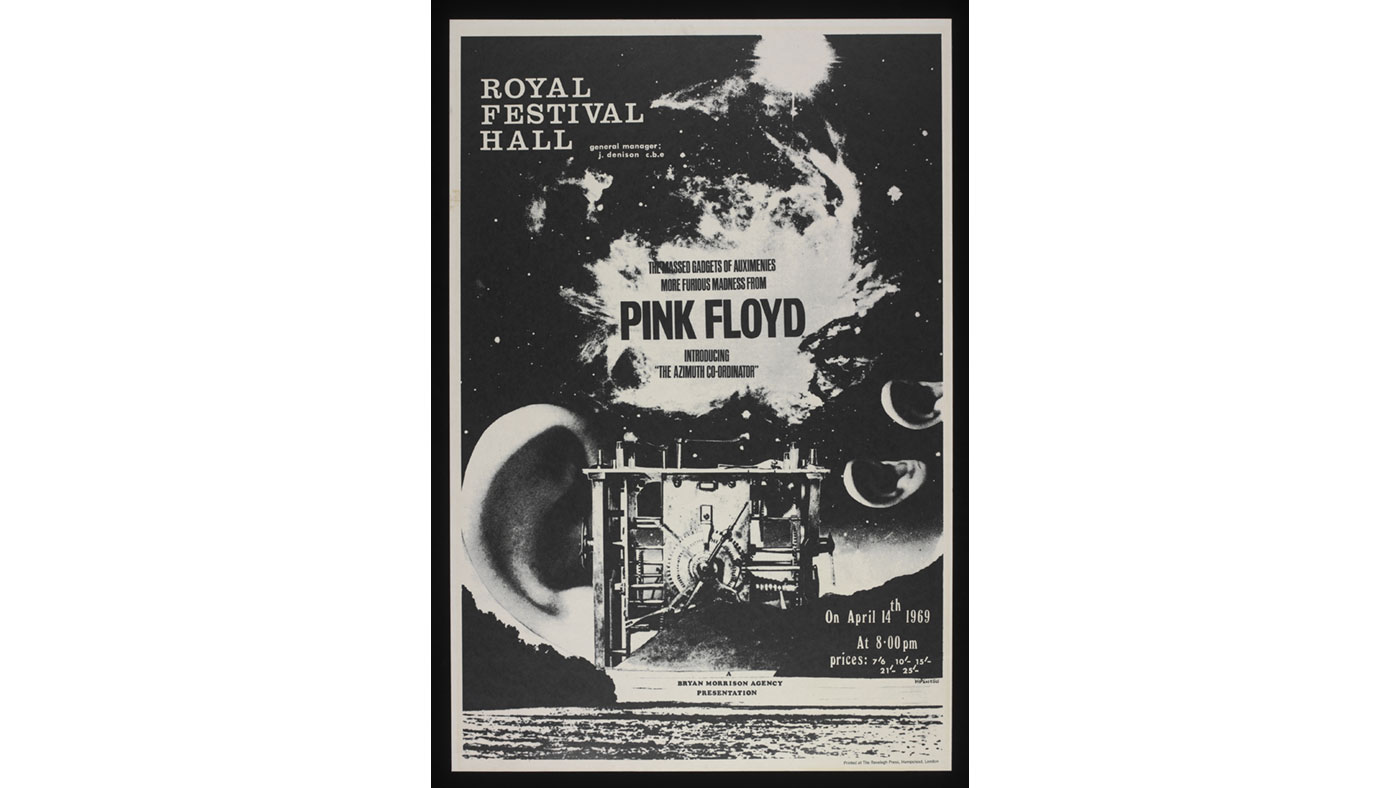
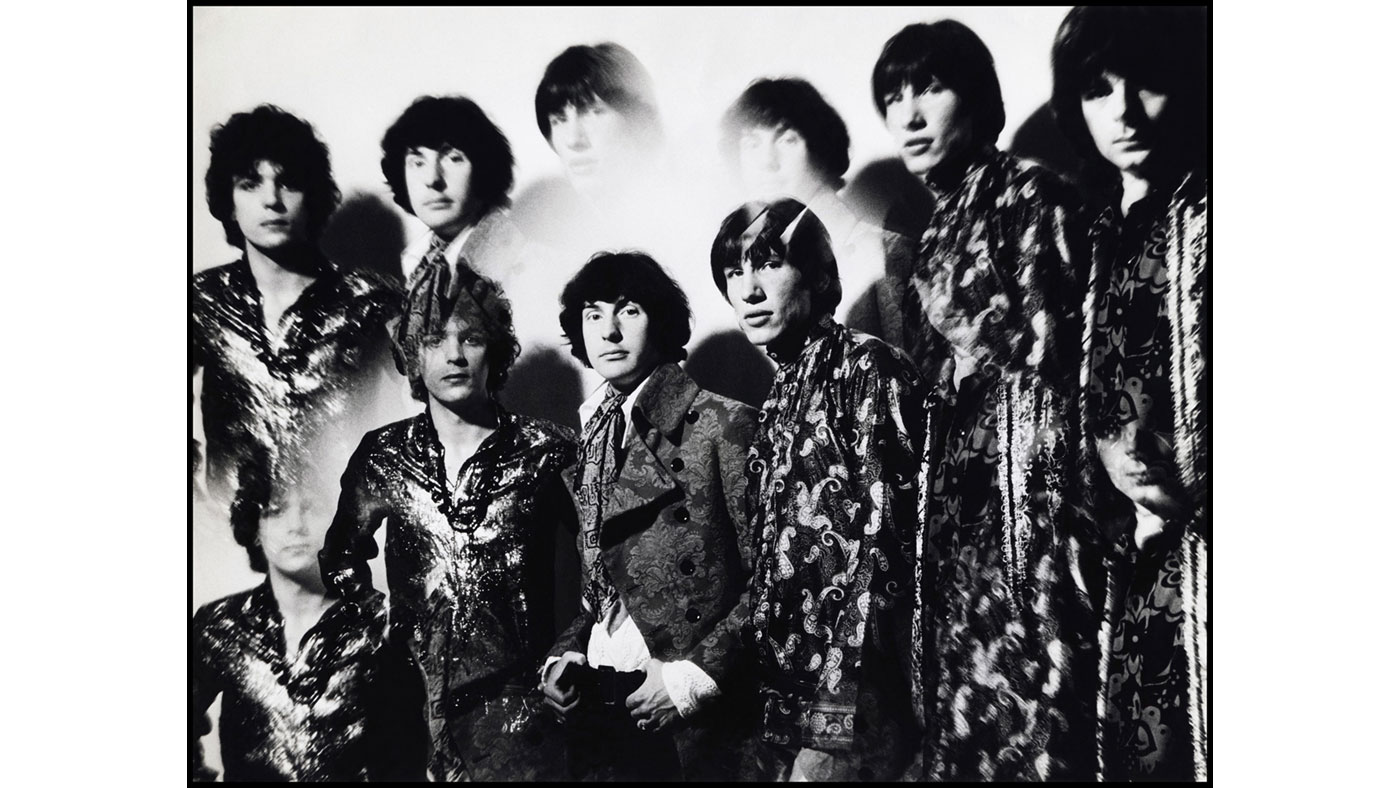
Pink Floyd is a band of great cultural significance, which over six decades has produced not just great music, but visuals, theatre and performance. It is this mix that makes them so suitable for a show of this scale at the V&A. Their Mortal Remains traces the group's extraordinary material, from their earliest work as 'the darlings of the underground' with light shows, which at the time were cutting edge, through their avant-garde work with film and ballet and on to their success with The Dark Side of the Moon, at which point they became a global phenomenon. We follow these stories through their work at the heart of 1960s psychedelia, their use of technology, their collaborations with other creative professionals and their position at the vanguard of the big rock stadium show.

We approached Pink Floyd as something of an enigma. There is a John Peel quote at the start of the exhibition: 'I always took some sort of obscure pleasure in the certainty that they could have joined the audience at one of their own gigs without being recognised'. That's so unusual in a band and a parallel concept to their visual swagger and worldwide recognition. It was vital to evoke these in the exhibition, which we do in a number of ways, using sound and audio visual, but also a lot of big set pieces. We've used the full height and size of the V&A galleries to showcase some magnificent items, including evocations of events such as The Wall Tour concerts in 1980 to 1981, and the album cover of Animals, featuring a huge parallax of Battersea Power Station. We also have original inflatables from the Animals tour in 1977; not only do you get to see the real thing but also the scale of it, which is very important, and we have been able to show these alongside the designs and creative processes behind them. Nick Mason, Roger Waters and Richard Wright met as architecture students and, through some of the V&A's incredible architecture collections, we draw parallels between avant-garde architectural theories from the 1960s and the band's vision for their live shows to be 'rock 'n' roll theatre'. In this way, you can really see how much they influenced what we have come to expect from stadium concerts: the visual effects are key.

One thing I was particularly excited about is showcasing the technology behind the band's music, which has an entire section dedicated to it. This is partly because, when I looked at the array of synthesisers, fuzz pedals and other equipment they used, I realised that, although I knew them by name, I didn't have a clue about what they all did. I knew that there would be a sizeable part of the audience that felt the same as me, so we needed to show not just the objects, but what they do. In the show we are connecting them with the surge in interest and experimentalism that was going on in places like the BBC Radiophonic Workshop and at the Electronic Music Studios with Peter Zinovieff, and that was coming through in popular culture with programmes such as Doctor Who. It shows how Pink Floyd were very quick to adopt these electronic possibilities, but also how they adapted them and didn't use technology at the expense of the musicality.
The Week
Escape your echo chamber. Get the facts behind the news, plus analysis from multiple perspectives.

Sign up for The Week's Free Newsletters
From our morning news briefing to a weekly Good News Newsletter, get the best of The Week delivered directly to your inbox.
From our morning news briefing to a weekly Good News Newsletter, get the best of The Week delivered directly to your inbox.
Initially, the band members themselves thought they might not have enough material to do a show and it was a real turn-out-the-attic situation. Some areas like music and technology had been very well looked after and many were still in use, but not so much with the sketches, lyrics, old photographs and other ephemera. Therefore there's lots of material that has never been seen before, and a real focus on the creative process as well as their collaborators, because another aspect that sets them apart is the fascinating people they have worked with. At the V&A we are very interested in all the creative industries and people like the filmmakers, engineers, technicians and designers that go into the work a band like Pink Floyd produces.

The exhibition closes with a video of their last live performance. There's a real poignancy to seeing the band in 2005 up on stage – they had their ups and downs regarding their relationships, and it was a big moment for them and their fans when they came together to do that concert. In the same space is a film they made for their first single Arnold Layne, showing the band almost 40 years apart. In a way this final moment conjures their importance and maturities, and records all their hopes, dreams and ambitions, just as it would have for the people who have had them as a soundtrack all their lives.
VICTORIA BROACKES is senior curator of Rock & Popular Music Culture in the Department of Theatre and Performance at the V&A. The Pink Floyd Exhibition: Their Mortal Remains is at the V&A until 1 October 2017, tickets from £20; vam.ac.uk
A free daily email with the biggest news stories of the day – and the best features from TheWeek.com
-
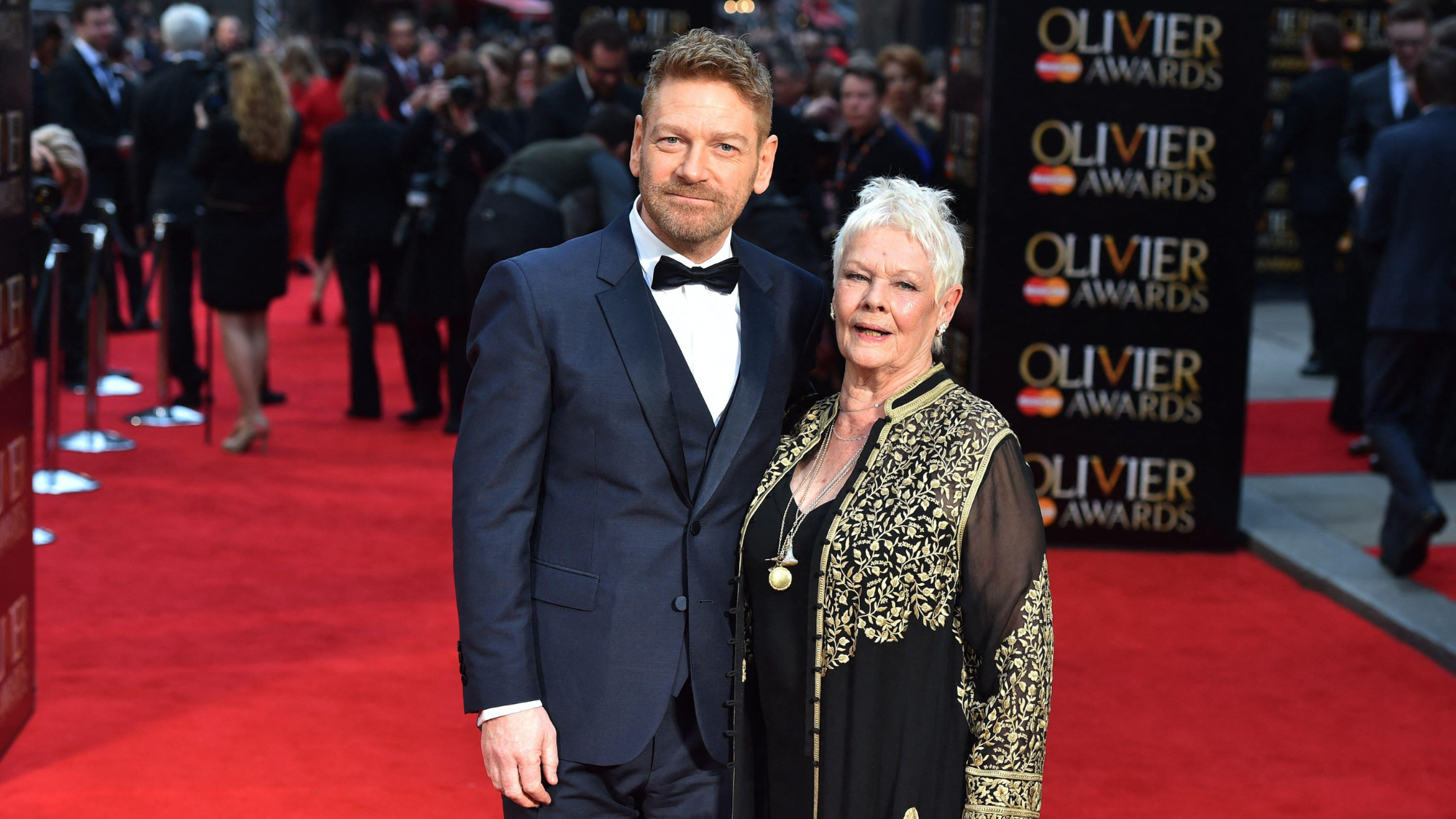 Tea with Judi Dench: ‘touching’ show is must-watch Christmas TV
Tea with Judi Dench: ‘touching’ show is must-watch Christmas TVThe Week Recommends The national treasure sits down with Kenneth Branagh at her country home for a heartwarming ‘natter’
-
 Codeword: December 24, 2025
Codeword: December 24, 2025The daily codeword puzzle from The Week
-
 Sudoku hard: December 24, 2025
Sudoku hard: December 24, 2025The daily hard sudoku puzzle from The Week